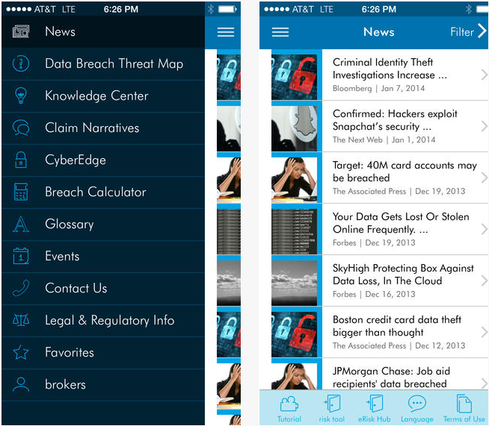02:42 PM
Web Services: Ready, Set, Implement
It's new. It's revolutionary. It's the answer you've needed. In today's world, these are common claims. But sometimes we get lucky and the claim is right on the money. Such is the case with Web services.
Web services are a practical reality, spreading more each day. Through XML and the Internet, companies can now provide services and applications over the Web in a plug and play, distributed environment. In fact, according to a Capgemini (New York) survey, 64 percent of those surveyed are planning on using service-oriented architectures (SOA) in the future. For the insurance industry, Celent's 2004 Insurance CIO/CTO Survey reported that "43 percent of respondents noted that their Web services or SOA initiatives used ACORD XML."
The insurance industry has recognized Web services as an essential tool for creating efficient and cost-effective solutions. Such things as shared ratings engines or industry utilities are now integral parts of daily activity. This ties in directly to the demand for improved communication and increased data availability, consistency, quality and transparency.
To get ready for Web services, you need to step back and gain an enterprise-wide perspective and understanding of your environment as well as those of your trading partners. As we come out of our silos, we need to take in the breadth of our resources and see how best to improve their accessibility. From there, you need to commit to a standards strategy and focus on business processes, data and messages. Then you are ready for an industry-wide language and vocabulary - an industry standard. But behind it all is the most important factor that you cannot do without: leadership. There must be a commitment to standards and the ability to bridge the IT and business worlds.
So why Use Web Services?
- They reduce the burden of internal and external integration.
- They allow for true reusability.
- They are a platform-independent facilitator, enabling data to flow across applications and systems.
- They break down internal silos by providing information across traditional technological barriers.
- Web services extend the life of legacy systems by extracting specific business processes, such as licensing and appointment and quoting, and making them available in new forms.
With 2006 closing in, Web services is clearly a reality and companies are already reaping the benefits.
That same Celent report went on to state that: "The growth of ACORD XML standards is an enabling factor for the growth of Web services in insurance. ACORD XML standards provide a common vocabulary of data and transaction types, enabling insurers to share data across disparate systems both within the enterprise and between external partners." They went on to add in their Insurance 2004 CIO/CTO Survey Results that "overall, more than 60 percent of respondents indicated that they currently use Web services in live, mission-critical systems, and more than half consider Web services/SOA to be a critical integration method."
With standards forming the foundation for Web services, ACORD and its members have worked to enhance the standards and make Web services easier to implement. Recently, ACORD announced IBM's (Armonk, N.Y.) contribution of more than 100 business-process models and business term content to ACORD. The models come from IBM's Insurance Application Architecture (IAA), the company's insurance business and IT architecture framework.
The donation is accelerating the development and adoption of industry business-process standards that in turn will help address some of the global insurance industry's greatest challenges and further support the growth of Web services. The business-model assets are being used to enrich ACORD's standards and increase standards adoption within the industry for service-oriented architecture and, of course, Web services.
For business, technical and strategic reasons, you must take a broader look at your systems and how they interact with each other and with your trading partners. Look at how best to handle business processes, data, messages and their overall infrastructure. Then you will be ready for Web services. From there it is time to set the foundation and the key is using standards-based components and the lingua franca for the insurance industry - ACORD standards. Then you are ready to take the next major step and implement. Through proper examination, standards-based tools and leadership, you can achieve what others have using Web services.
On The Net





















